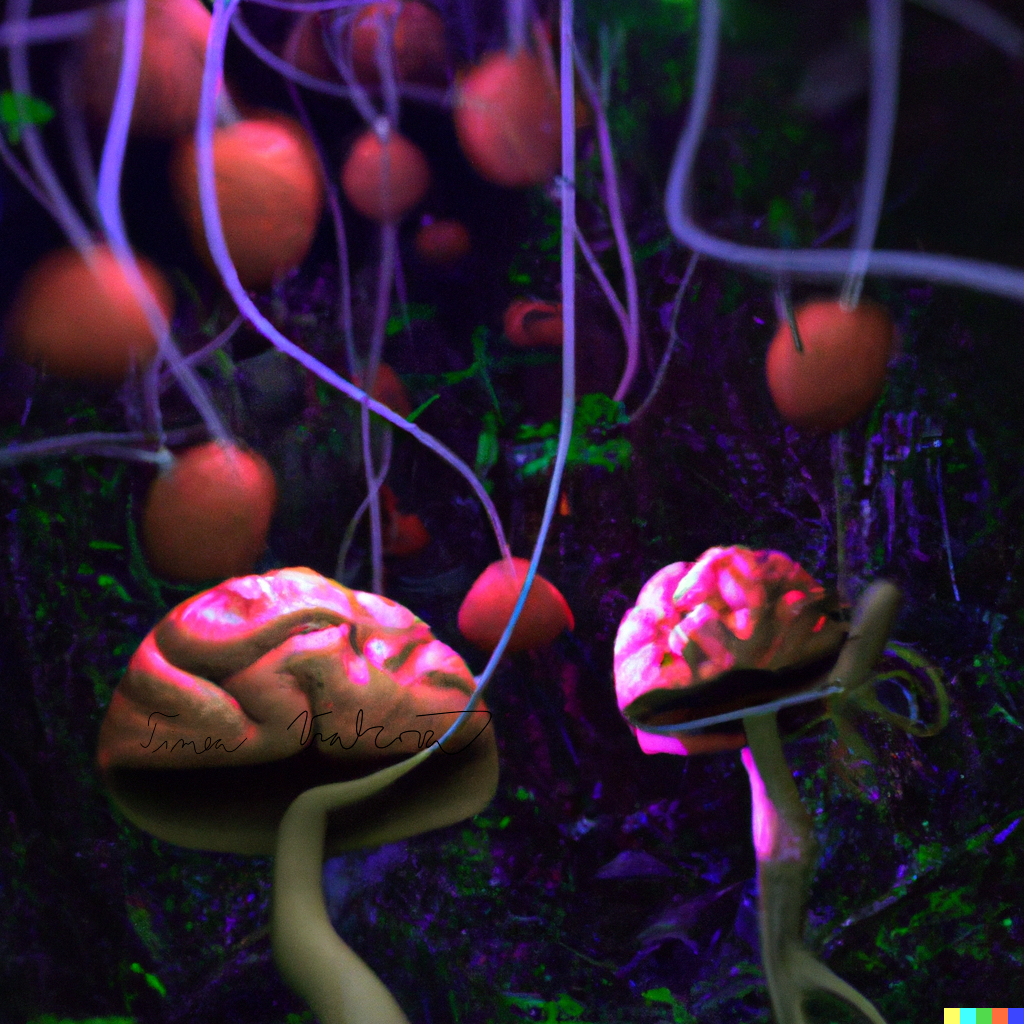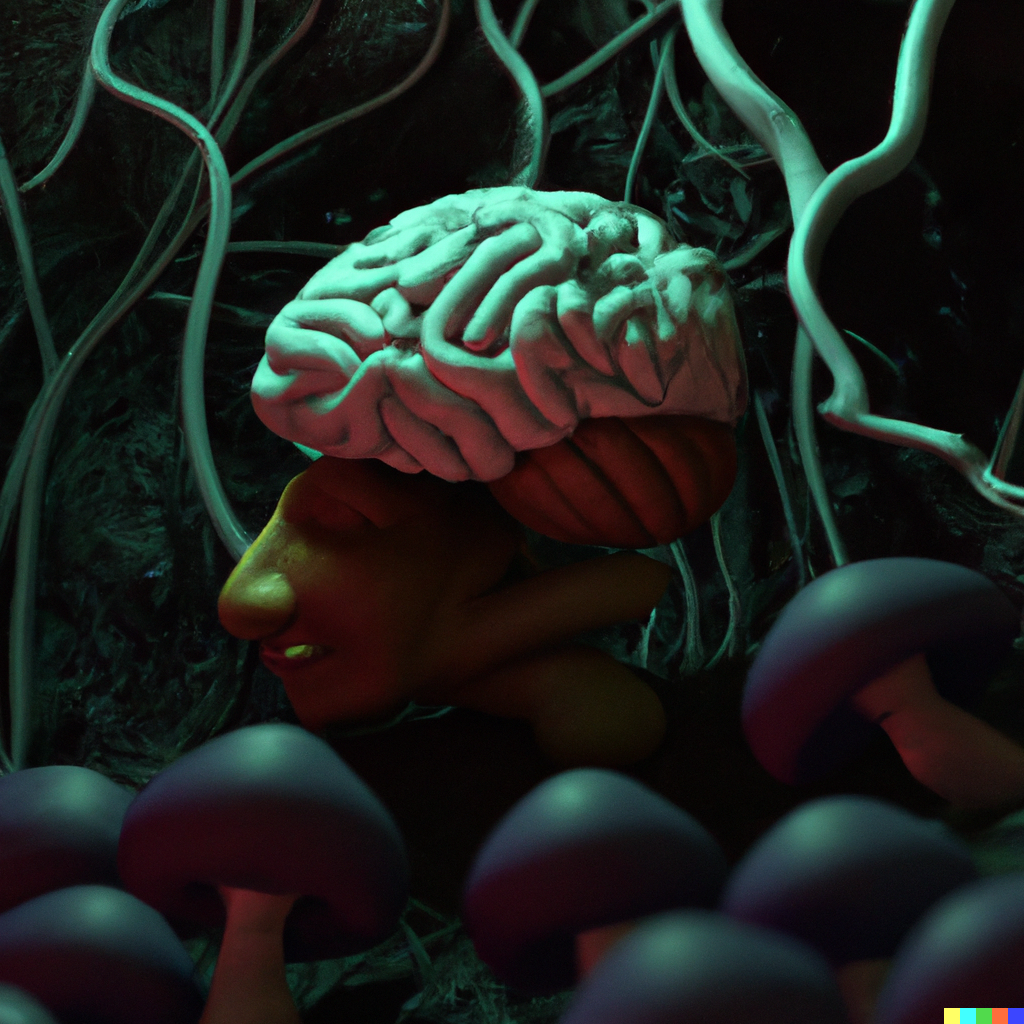
Nootropics, also known as cognitive enhancers or smart drugs, are supplements or substances that are believed to improve cognitive function, including memory, creativity, motivation, and focus. Nootropics can be natural or synthetic and work by altering the brain’s neurotransmitter levels, increasing blood flow to the brain, or enhancing brain cell metabolism. Some of the most popular nootropics include caffeine, creatine, omega-3 fatty acids, and certain herbal supplements like ginkgo biloba and bacopa monnieri. While some people swear by the benefits of nootropics, scientific evidence for their effectiveness is limited, and their long-term effects on brain function and health are still not fully understood [1].
Cultures and Nootropics
The use of nootropics varies widely across different cultures. In some countries, such as the United States, nootropics are legal and readily available as over-the-counter supplements or prescription drugs. In other countries, such as Taiwan, nootropics are regulated as prescription drugs and are used primarily to treat cognitive disorders such as Alzheimer’s disease [2]. Traditional Chinese medicine has used natural substances, such as ginseng and gingko biloba, for centuries to enhance cognitive function. In India, the traditional practice of Ayurveda uses a variety of herbal remedies, such as ashwagandha and brahmi, to improve cognitive function and reduce stress [3]. Overall, the cultural attitudes towards nootropics vary, and their use and regulation are influenced by factors such as history, politics, and healthcare systems.
Fungi as Nootropics
Certain types of fungi, such as lion’s mane (Hericium erinaceus) and cordyceps (Cordyceps sinensis), have been suggested to have nootropic effects. These fungi contain compounds such as hericenones, erinacines, and cordycepin, which have been shown to stimulate nerve growth factor (NGF) and enhance cognitive function. Lion’s mane, in particular, has been shown to improve memory and reduce cognitive impairment in animal studies. Additionally, other fungi such as Reishi (Ganoderma lucidum) and Chaga (Inonotus obliquus) have been traditionally used in herbal medicine for their potential nootropic and health benefits. However, further research is needed to fully understand the effects of fungi as nootropics and their potential risks and side effects [4].

Environmental Enrichments During (Animal) Research
Environmental enrichment refers to the provision of stimuli that enhance the physical and social environment of captive animals, promoting species-typical behaviors and improving their welfare. This can include objects, toys, and structures that encourage exploration, play, and social interaction. Environmental enrichment is important because it can reduce stress and improve the mental and physical health of animals, particularly those living in captivity. Examples of environmental enrichment include providing hiding places, puzzles and food-dispensing devices, and opportunities for exercise and social interaction. Enrichment programs are widely used in zoos, aquariums, research institutions, and animal shelters to enhance the well-being of animals in captivity [5].
Limitation with Nootropics
Nootropics are challenging to study in neuroscience research due to several reasons. First, many nootropics are classified as dietary supplements and are therefore not regulated by the Food and Drug Administration (FDA), making it difficult to ensure their safety and efficacy. Second, the effects of nootropics on cognitive function are often subtle and subjective, making it challenging to design and interpret clinical trials. Third, there are many different types of nootropics, each with unique mechanisms of action, making it difficult to generalize findings across different substances. Finally, the long-term effects of nootropics on brain function and health are still not fully understood, which further complicates their study [6].
Resources
[1] Malík, M., & Tlustoš, P. (2022, August 17). Nootropics as cognitive enhancers: Types, dosage and side effects of smart drugs. Nutrients. Retrieved May 6, 2023, from https://www.ncbi.nlm.nih.gov/pmc/articles/PMC9415189/
[2] Wu, C.-Y., Hu, H.-Y., Chow, L.-H., Chou, Y.-J., Huang, N., Wang, P.-N., & Li, C.-P. (2015, June 22). The effects of anti-dementia and nootropic treatments on the mortality of patients with dementia: A population-based cohort study in Taiwan. PloS one. Retrieved May 6, 2023, from https://www.ncbi.nlm.nih.gov/pmc/articles/PMC4476616/
[3] Kulkarni, R., Girish, K. J., & Kumar, A. (2012, July). Nootropic herbs (Medhya rasayana) in ayurveda: An update. Pharmacognosy reviews. Retrieved May 6, 2023, from https://www.ncbi.nlm.nih.gov/pmc/articles/PMC3459457/
[4] Tomen, D. (2023, April 10). The nootropic benefits of medicinal mushrooms. Nootropics Expert. Retrieved May 6, 2023, from https://nootropicsexpert.com/the-nootropic-benefits-of-medicinal-mushrooms/
[5] Würbel, & Bayne. (n.d.). The impact of environmental enrichment on the outcome variability and scientific validity of Laboratory Animal Studies. Revue scientifique et technique (International Office of Epizootics). Retrieved May 6, 2023, from https://pubmed.ncbi.nlm.nih.gov/25000800/
[6] Morè, L., Lauterborn, J. C., Papaleo, F., & Brambilla, R. (2020). Enhancing cognition through pharmacological and environmental interventions: Examples from preclinical models of neurodevelopmental disorders. Neuroscience & Biobehavioral Reviews, 110, 28–45. https://doi.org/10.1016/j.neubiorev.2019.02.003